Cars are changing all the time. Every year new technology comes out that rapidly advances our everyday vehicles of choice, adding new technology, improving the existing functions or completely radicalising the design. But what can we expect from the future cars? Will they rapidly improve or have we perfected the design? We've picked out the most exciting technology, concepts and upcoming models for the future of cars.
Tesla Cybertruck
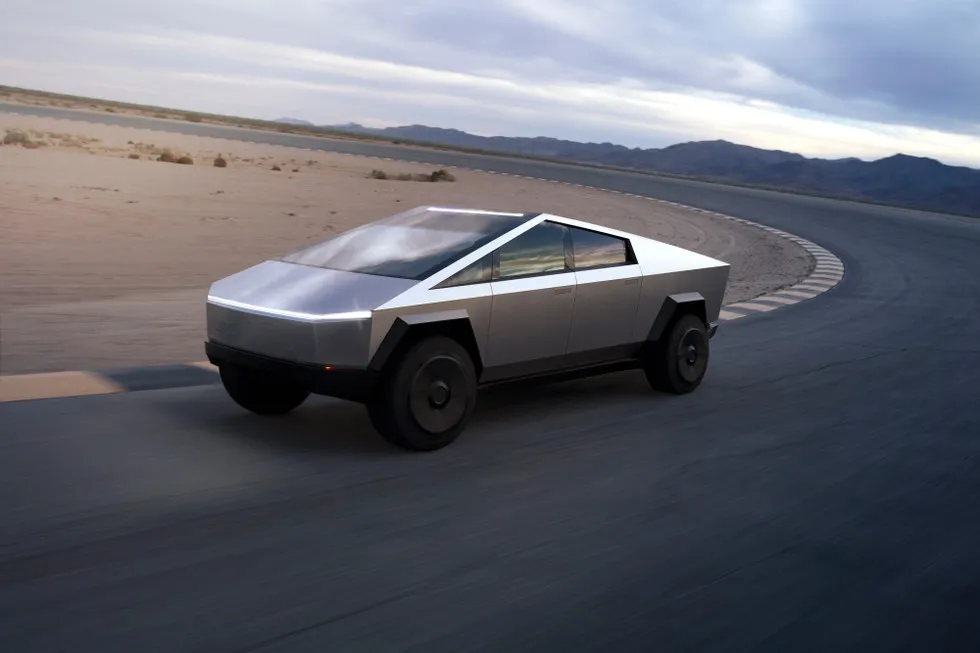
It's not really a roundup of futuristic cars without Tesla's Cybertruck! This notorious car was unveiled back in 2019 but has recently been delayed yet again with 2023 announced as the new date for deployment.
The Cybertruck is built mostly to be resilient. It uses Ultra-Hard 30X Cold-Rolled stainless-steel structural skin to harden the frame of the car. That's a complicated way of saying that the frame of the car is seriously strong. It is also what causes the car's pointy futuristic design, as the cold-rolled metal loses a lot of its flexibility and formability.
Despite a now infamous video of the Cybertruck windows being easily destroyed by Musk at the Cybertruck reveal, Tesla is claiming that the car's strength extends to the windows. Ultra-strong glass and polymer-layered composite will supposedly absorb and redirect force keeping your windows safe.
Tesla is also claiming that the Cybertruck will be able to tow over 6,350 Kilograms - roughly the weight of the average African bush elephant. That's a lot of impressive stats but with all of its many delays, it could well succeed in achieving them all... now we just have to see if it will come out in 2023 or be pushed back again.
BMW iX Flow
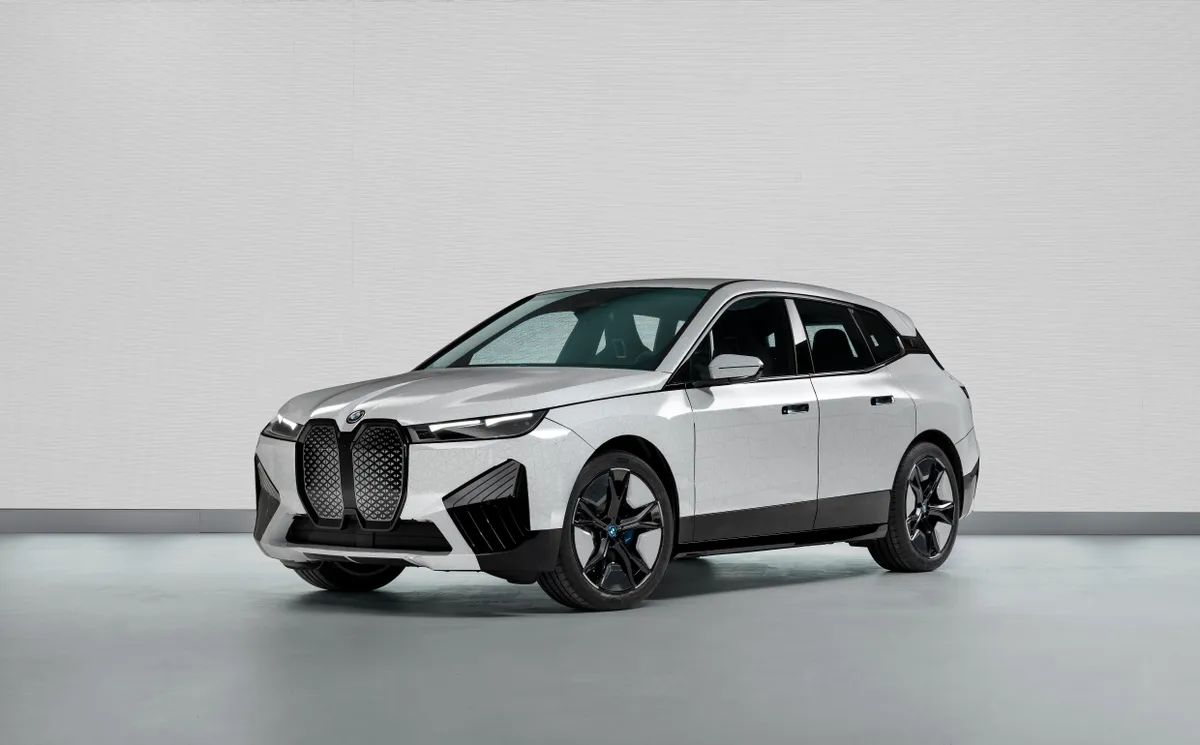
BMW's iX Flow was one of the many cars revealed at CES 2022. While it looks incredibly normal, like a car you would pass hundreds of times on a road trip, it has a very special party trick. At the touch of a button, the iX Flow can completely change colour.
This is possible thanks to a colour-swapping e-ink ‘paint. What that essentially means is that this car is covered in a giant e-reader display with millions of microcapsules filled with paint. In each of these capsules, there are negatively charged white pigments and positively charged black pigments. When an electrical field is changed, the chosen pigment rises to the surface to change the colour of the car.
It doesn't even have to be the entire car that changes colour. BMW showed it off with racing stripes, patches of different colours all over and seamless switches from white to black across the entire car.
While this feels like a car pulled straight from a James Bond movie, it is only a concept right now. Whether BMW will actually bring this technology out is yet to be seen. There would also be questions over how well the millions of microcapsules would fair in a real-world environment.
Meta Materials HUD
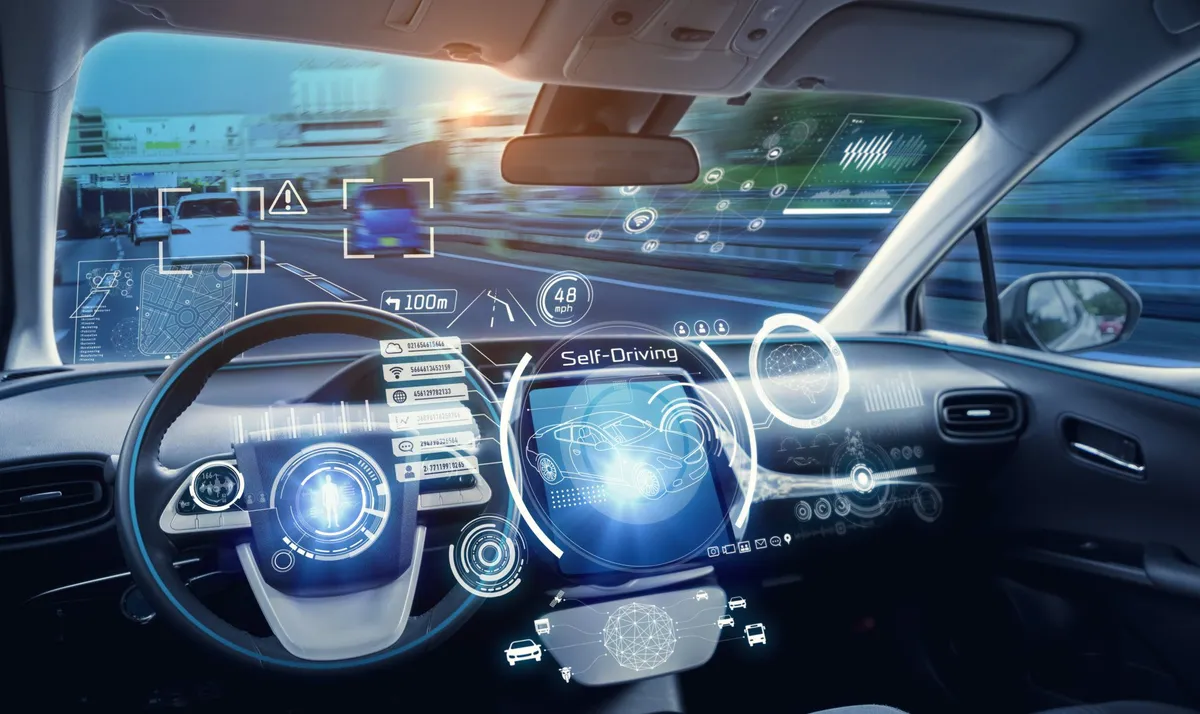
Heads Up Displays (HUD) are one of those classic science fiction tropes that you see over and over again. At CES 2022 the brand Meta Materials displayed this kind of technology, using holographics to show key information directly in the driver's eyesight. Meta Materials claim this would help the driver focus on the road without looking down at the display consoles in the car.
A HUD would mean the driver's eyes wouldn't have to adjust to different brightnesses when switching from the road to the instruments in the car and would, in theory, improve a driver's reaction time by always looking at the road. However, like a lot of car technology, this is still a long way away and would likely need a lot of approval before it could be implanted effectively into cars.
Hyundai Elevate
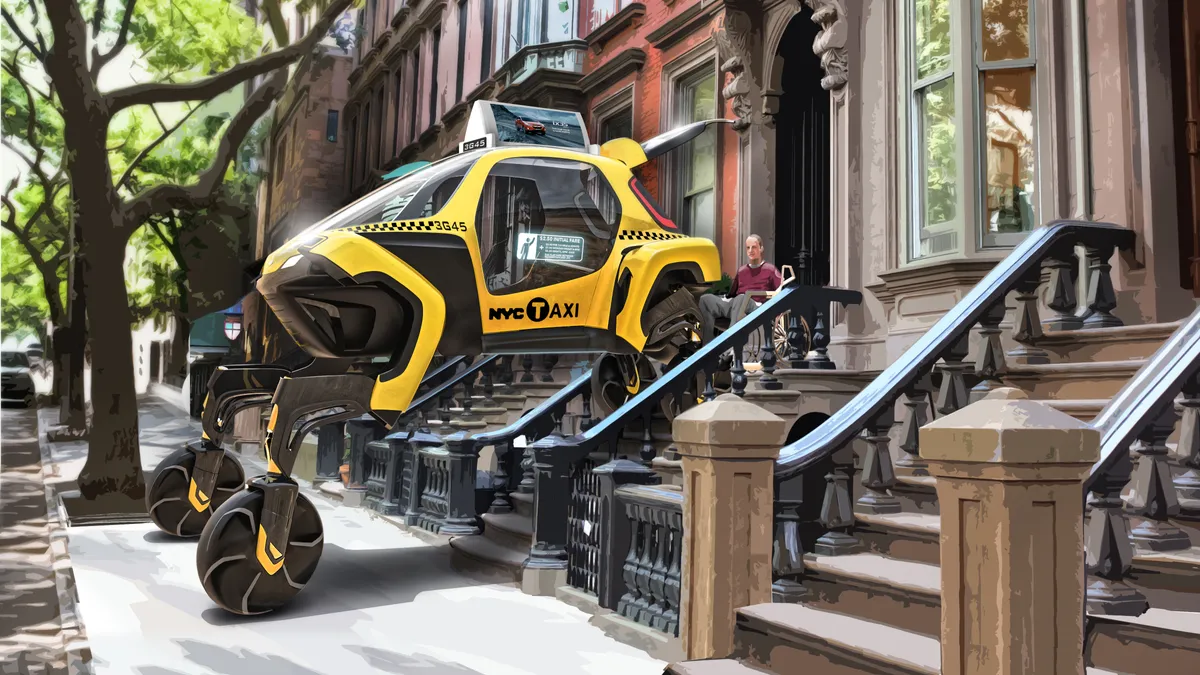
Back in 2019 at CES, Hyundai unveiled the 'Elevate' concept car. It's certainly unique as far as concept cars go, offering a vehicle that combines wheels with legs. This would allow the car to move about in ways other cars couldn't, climbing stairs to allow someone in a wheelchair to get in, fitting into parking spaces better or moving over difficult objects.
With these legs, the car would even be able to climb and 'walk' around where wheels aren't helpful. “When a tsunami or earthquake strikes, current rescue vehicles can only transport first responders to the edges of the debris. They have to travel the rest of the way on foot. 'Elevate' can drive into place and climb directly over debris from a flood or pieces of collapsed buildings,” said John Suh, Vice President and Head of Hyundai Cradle.
Canoo pickup
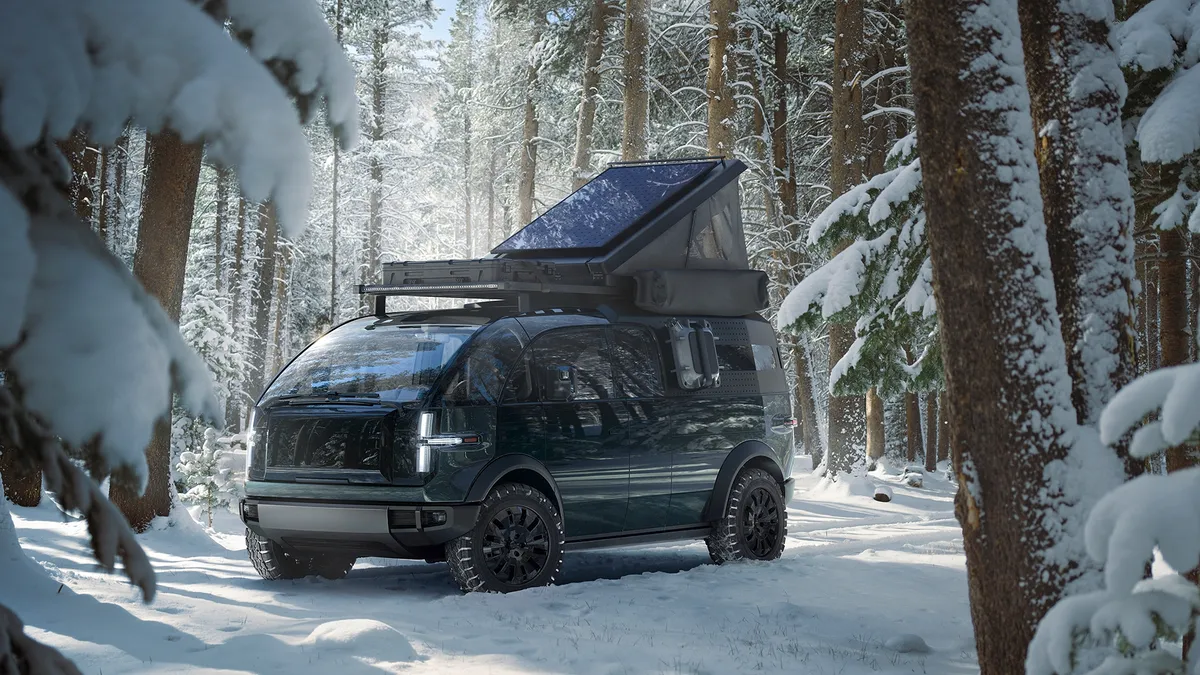
The Canoo Pickup is another car that looks overall pretty normal. Other than a larger than average front window, it could easily pass as the kind of car you would see day-to-day. It doesn't have crazy technology or loads of screens, instead Canoo is focusing on functionality. The car is heavily modular, allowing you to change the rooftop accessories, size and features as well as being able to extend or tuck away the pull-out bed, completely changing the size of the car.
This means you can have a smaller car for speeding around the city or, extend out the top and the back for maximum storage on a trip. It has hidden drawers, extra plugs, solar panels and integrated lighting across the outside of the car - nothing particularly advanced but modular features on a car is a great idea we rarely see.
DS X E-Tense
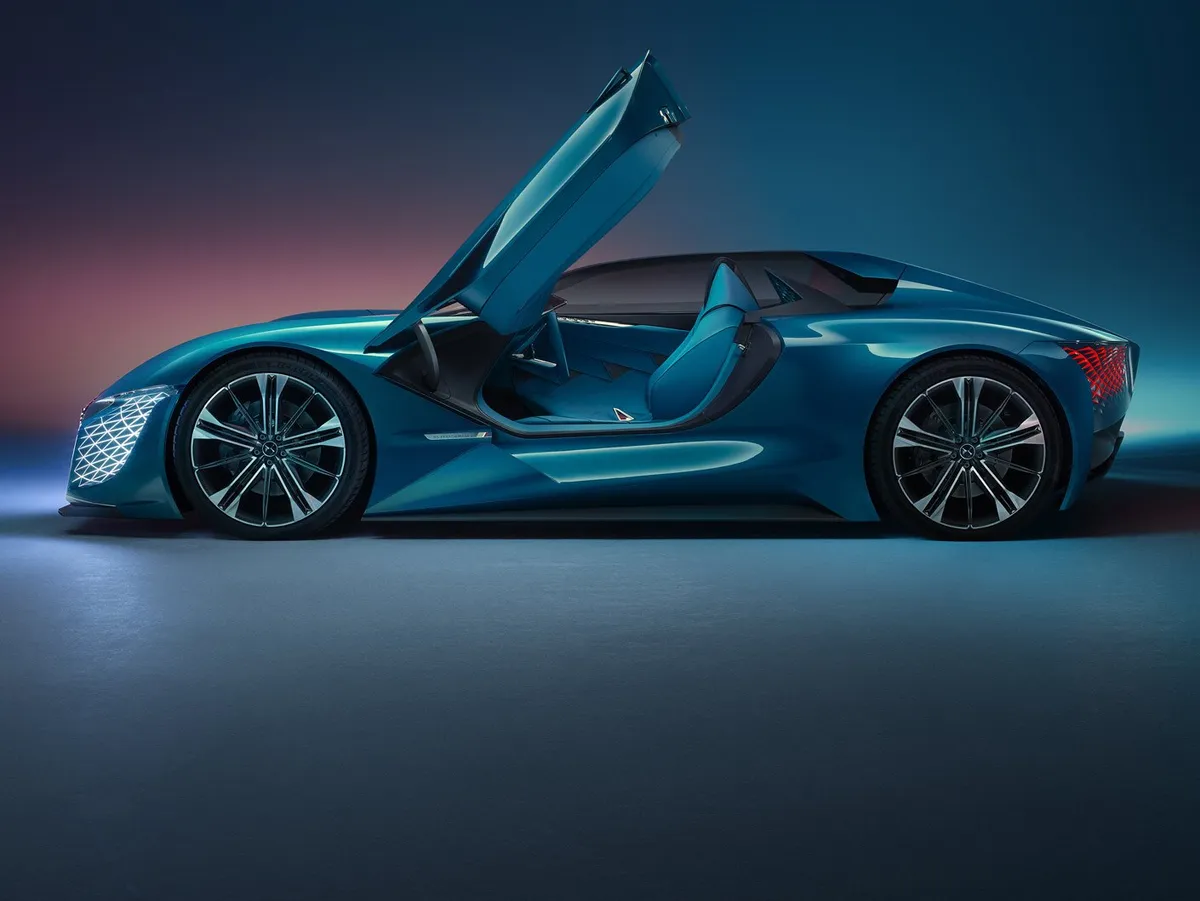
DS Automobiles is yet another company that is going fully fledged futuristic with its concept cars. Following Elon Musk's naming scheme for kids, this model has been titled the X E-Tense. It's a three-seat design, looking to use technology that could reform after an impact and windows that can adjust to the level of light outside. Inside the car, there are two seats on one side and one additional seat to the side in the back.
The interior features lots of elaborate designs, bright colours and overall, the kind of stylising that feels futuristic. Obviously, like a lot of other concept cars, most of this technology doesn't exist yet. Instead, DS is looking to highlight where cars could go in the future.
Audi AI: Trail
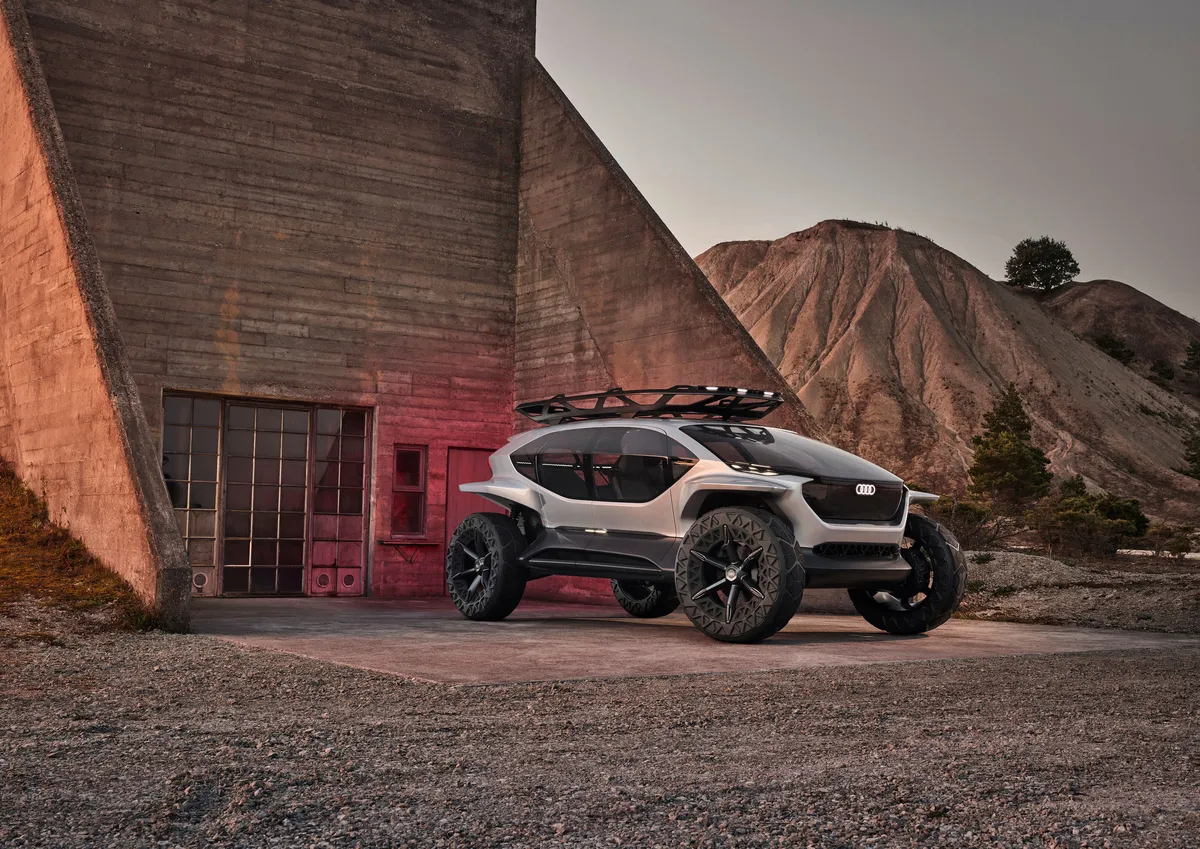
When Audi revealed the AI: Trail back in 2019, it did feelslightly like a chaotic melting pot of futuristic tech ideas. Drones, detachable hammock seats anda lot of glass are some of the features you can find onboard this concept car, but it does offer some interesting indications of where cars could go. Along with being an electric car, it would feature antibacterial, dirt-repellant coating on arm rests and interior parts of the car.
The seats are detachable style hammocks which can be removed and used on camping trips and allow you to clean easier. There is also the weirder suggestion in this concept of drones that follow the car and light up the route ahead. It does all feel very futuristic but whether Audi's AI: Trail is a functional model for the future of cars, we're not so sure.
Cadillac InterSpace
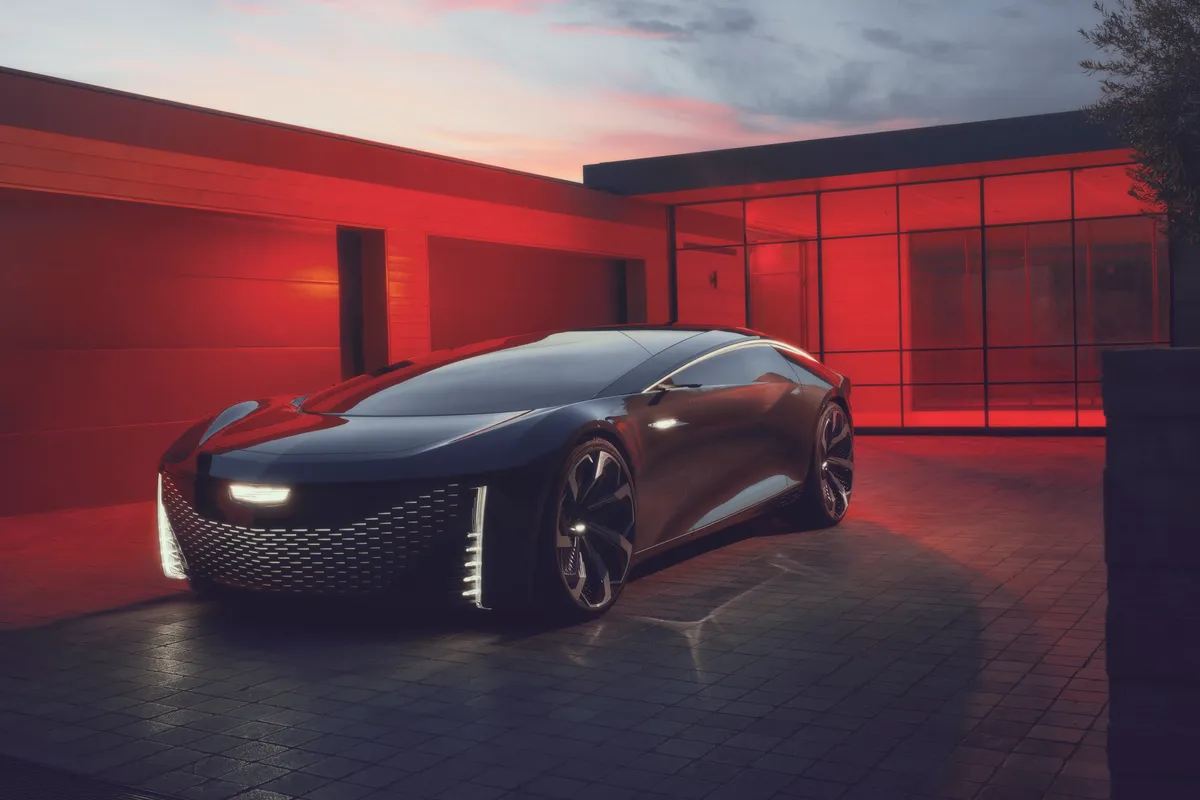
Another recent concept from the 2022 CES event, Cadillac's InterSpace design looks just like a car pulled straight from a sci-fi film set in the distant future. Cadillac claims that the point of the InnerSpace concept is to reimagine the experience of a drive, allowing two passengers to focus on their journey and not arduous driving.
The car would feature fully autonomous capability - a feature many car manufacturers have aimed for but none have fully managed - allowing the driver to focus on the scenery or personal tasks. Cadillac aims to take entertainment a step further in this car, using Augmented Reality engagement to keep passengers engaged.
The car goes as far as to feature tyres that reduce sound wave resonance for a quieter and more comfortable journey. Like a lot of the cars on this list, this is very much a concept and therefore Cadillac is only really predicting where cars could go. However, all of this technology does exist - augmented reality, self-driving features, sound mitigation - it's just a case of developing it effectively into vehicles and doing it safely.
Sony Vision-S 02
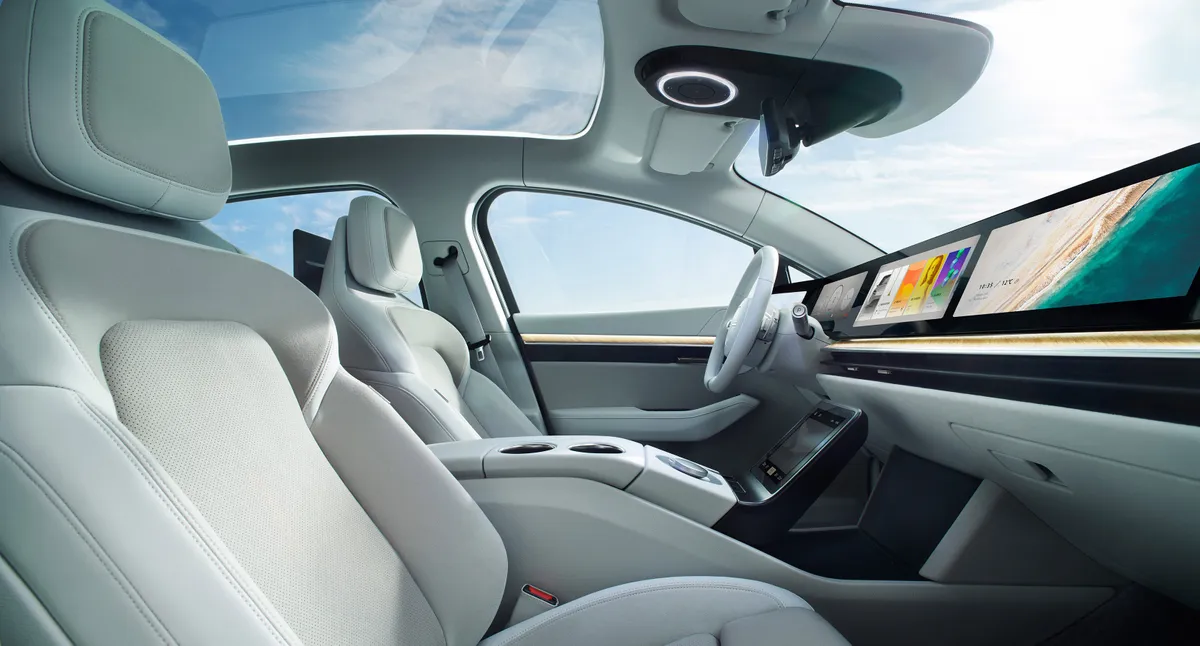
Ever feel like your car doesn't have enough screens? Like most concept cars these days, Sony seems to be adopting thePimp My Ride school of thought where the more screens you have, the better the car is. Screens for both rear seats and three displays in the front, Sony is looking to turn cars into media centres. However, it is not just the aims for entertainment that the Vision-S 02 is promising.
The car would feature over 40 sensors to continuously monitor safety issues outside the car, also aiding the passenger in self-driving situations (popularised by Tesla). Sony would also make the change over to digital mirrors, combining cameras and displays. Something Sony's concept looks to add that hasn't been seen much in new cars is the use of Time of Flight cameras to measure facial expressions, gestures and fatigue. This aims to assist with temperature control and warnings around sleep or breaks when driving.
Read more:
